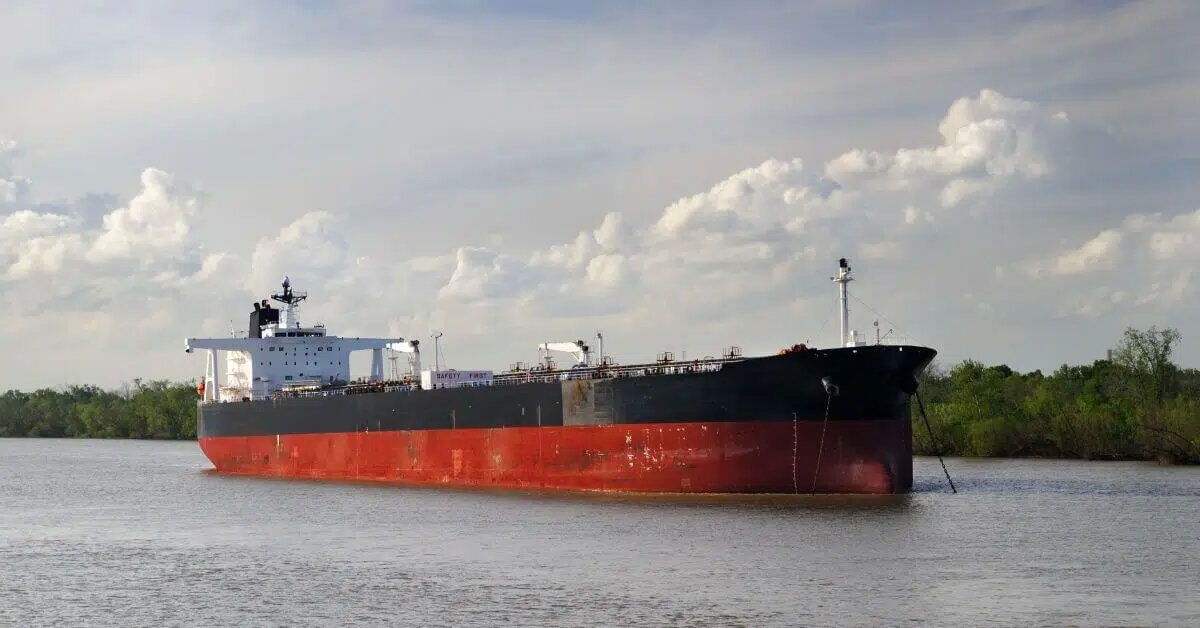BIMCO says only 10 container ships have been recycled so far this year, extending the low scrapping seen since 2021 as vessels trade beyond their usual recycling age.
The association estimates a minimum recycling overhang of 500 ships and 1.8 million TEU, citing Niels Rasmussen, Chief Shipping Analyst: “So far this year, only 10 container ships have been recycled… we estimate that a recycling overhang of minimum 500 ships and 1.8 million TEU now exists.”
The share of ships 20 years old or older has risen from 16% of the fleet at the start of 2020 to 24% now, the highest share of older ships since the early 1970s, and is expected to dominate future recycling.
Based on historical patterns from 2000–2019—when 20% of ships were recycled before age 20 and 53% before 25—BIMCO calculates the minimum overhang noted above and, using the weaker market conditions of the 2010s, a maximum overhang of 850 ships and 3.1 million TEU.
The overhang equals 16–18% of currently trading ships and corresponds to 33–55% of ships older than 20 years. It could take years to clear: the peak annual recycling was in 2016 with 185 ships and 0.6 million TEU.
Segment data indicate the estimated overhang exceeds the order book for ships below 8,000 TEU: • 0–3K TEU overhang 0.4–0.7 million TEU versus a 0.2 million TEU order book; • 3–6K TEU overhang 0.7–1.3 million TEU versus 0.2; • 6–8K TEU overhang 0.2–0.4 million TEU versus 0.1; • 8–25K TEU overhang 0.4–0.7 million TEU versus 8.5.
BIMCO adds that the very large overall order book, a potential erosion of demand if ships return to normal Suez Canal routings, and regulatory efficiency requirements could lift recycling above the minimum estimate. The group notes that, if the overhang is worked down while new deliveries concentrate in the largest sizes, fleet growth in coming years may be driven “exclusively by the larger ships,” with further cascading of big ships onto trades now served by smaller units.
BIMCO is an international shipping association representing stakeholders across the maritime transport sector, including shipowners, operators, managers, brokers, and agents. It develops and publishes standard contracts and provides market analysis and guidance for the shipping industry.





